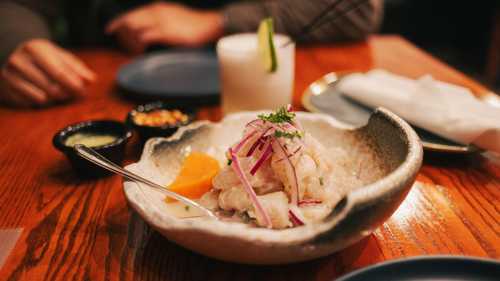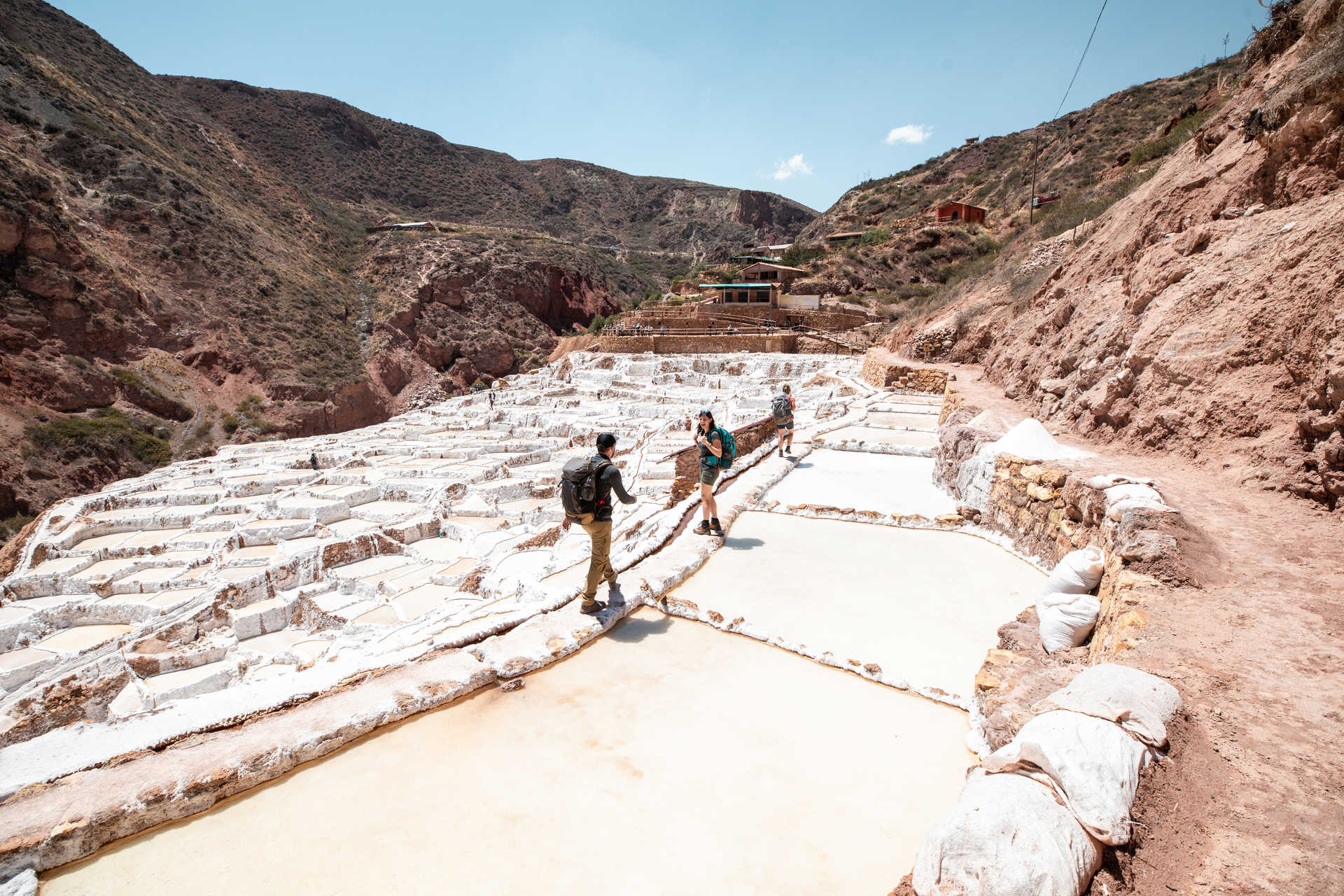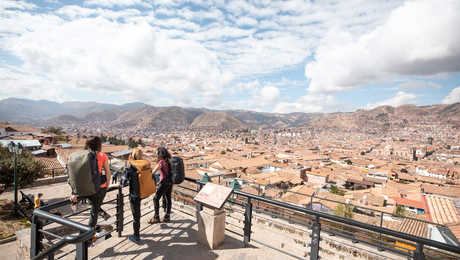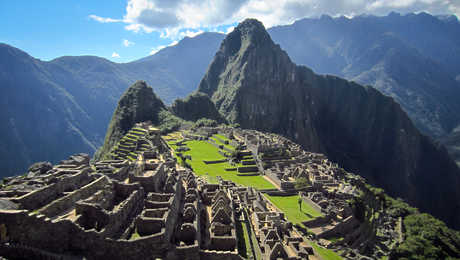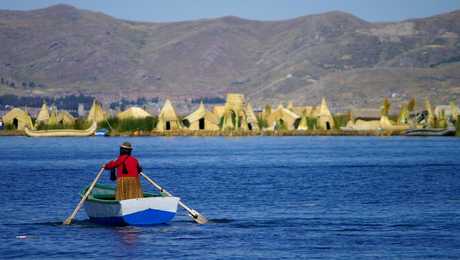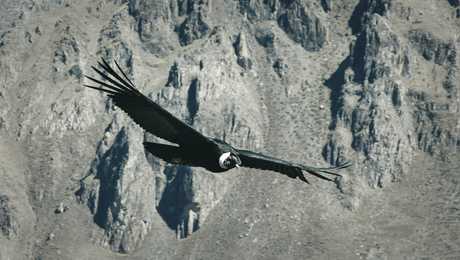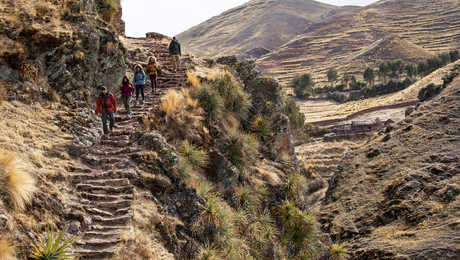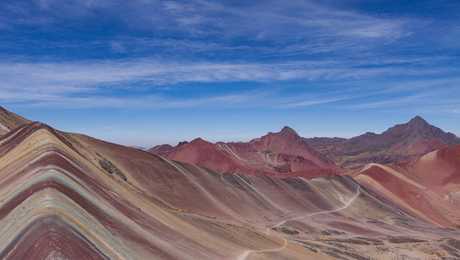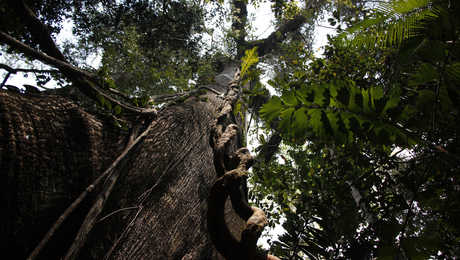Amazon rainforest
The Amazonia is the world's largest rainforest, known for its incredible biodiversity. It's vast expanse of forest covers seven countries; Brazil, Bolivia, Peru, Ecuador, Colombia, Venezuela, Guyana, and Suriname, with 13% covering Peru. The net of rivers and lakes that feed the dense forest include the Amazon river, the largest by discharge in the world. It appeared around 55 million years ago, following a global reduction of tropical temperatures.
